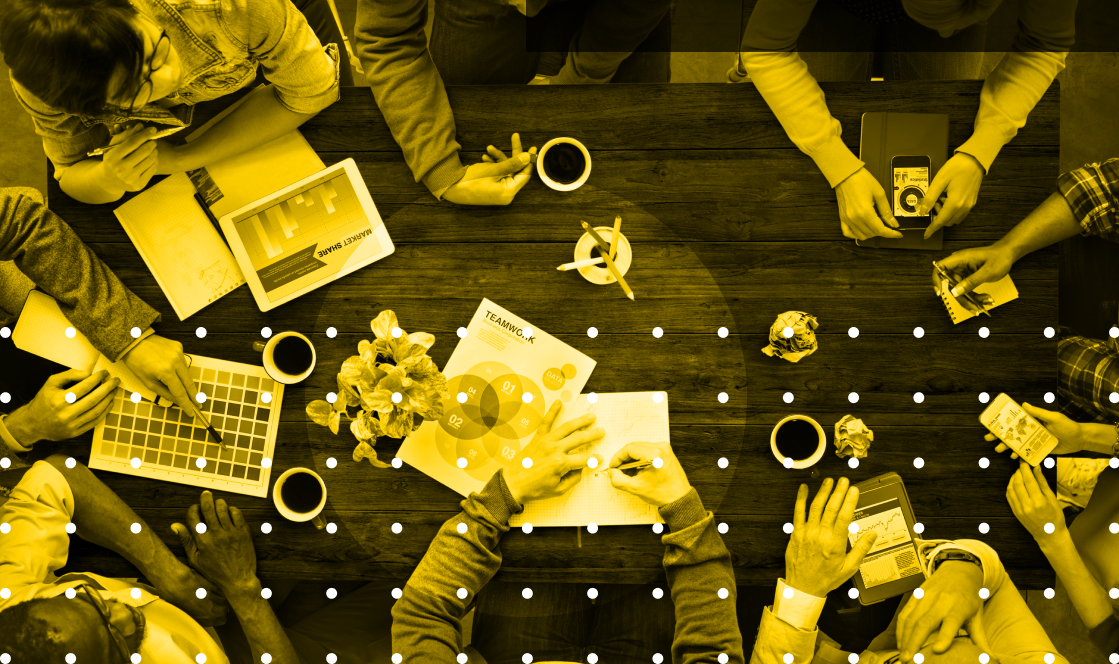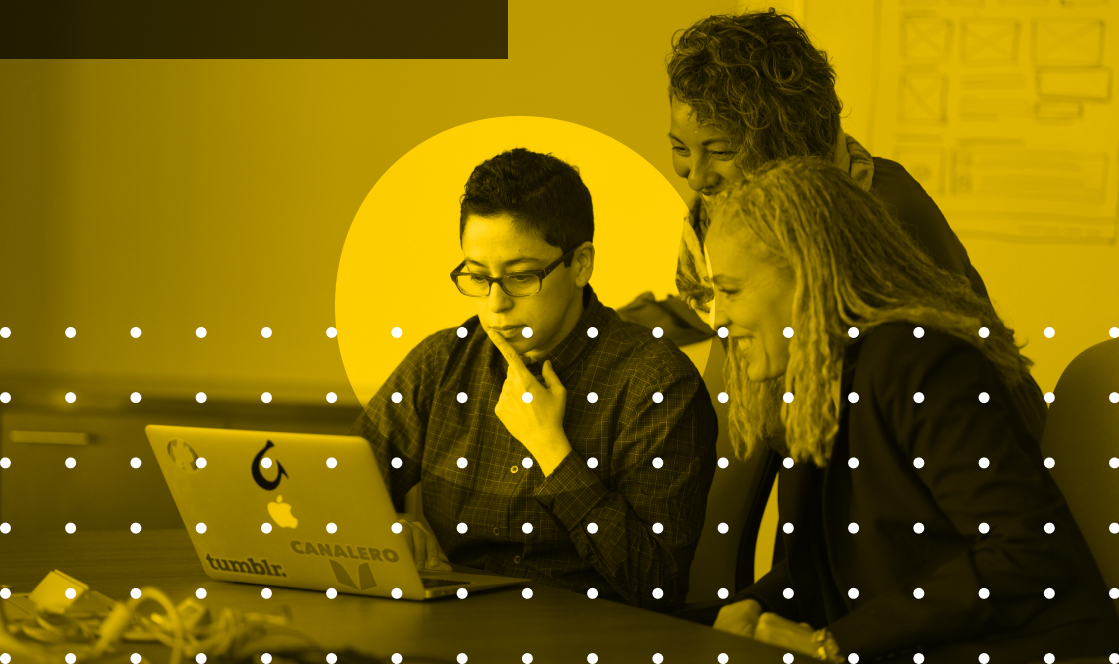B2B sales funnels in 2025 are dynamic ecosystems. To drive growth, you need a revenue engine that aligns with buyer behavior, leverages AI 🤖, and delivers value swiftly ⚡.
What Is a B2B Sales Funnel in 2025?
A high-performing B2B funnel is a synchronized system that:
- 🎯 Attracts ideal prospects with precision
- 💬 Engages them across multiple personalized channels
- 🔍 Qualifies leads based on real intent
- 🧩 Aligns marketing and sales efforts
- 💼 Closes deals efficiently while delivering early value
In other words, it’s buyer-driven, not brand-driven—and powered by automation, not guesswork.
Why Traditional Funnels Are Obsolete 🚫
If your funnel still runs like it’s 2015, here’s what’s likely killing your conversions:
- 🐌 Slow follow-up time
- 🧱 Siloed teams working from disconnected data
- 📧 Generic messaging that doesn’t resonate
- 🖐️ Too many handoffs and too little buyer control
In 2025, buyers expect speed, clarity, and control. Anything less = lost deals.
Step 1: Define a Data-Driven Ideal Customer Profile (ICP) 🔍
Stop relying on personas built from gut feeling. Instead, pull from:
- CRM win/loss analysis
- Shared patterns across closed-won deals
- Tech stack compatibility
- Trigger events (e.g., funding round, hiring surge)
💡 Use enrichment tools like Clearbit, Apollo, or ZoomInfo to get a more complete view of your top-converting segments.
Step 2: Map the Buyer-Centric Journey 🧭
Today’s B2B buyers don’t follow a linear path. Your funnel should reflect that.
Modern funnel stages:
- Awareness — “We have a problem.”
- Consideration — “What are our options?”
- Decision — “Who can we trust to solve it?”
- Activation — “Let’s see results fast.”
- Advocacy — “This solution works—let’s tell others.”
Map your content and campaigns to guide buyers through each phase with relevance and speed.
Step 3: Align Sales and Marketing 🤝
If sales and marketing aren’t speaking the same language, you’re leaking revenue.
Alignment moves that matter:
- Shared definitions for MQL/SQL/SAL
- Joint dashboards for full-funnel visibility 📊
- Weekly RevOps huddles
- Coordinated campaigns across email, LinkedIn, and ads
📌 Pro tip: Use the same pipeline tools to ensure real-time lead status updates.
Step 4: Use AI to Prioritize and Convert Faster 🤖
Artificial intelligence isn’t optional—it’s your competitive edge.
Where to use AI:
- Predictive lead scoring (e.g., 6sense, MadKudu, HubSpot)
- Behavior-based automation
- AI-powered personalization of CTAs and content
- Sales call analytics (Gong, Fireflies)
Let AI handle the heavy lifting so your team can focus on real conversations.
Step 5: Accelerate Time to Value ⚡
Buyers don’t want drip sequences—they want proof, fast.
Speed wins tactics:
- 1-click demo booking tools like Calendly or Chili Piper
- Interactive product tours (Navattic, Storylane)
- Personalized case studies delivered instantly
- Self-serve trials with guided onboarding
⏱️ Benchmark: Deliver value within 48 hours of initial inquiry.
Step 6: Create a Continuous Optimization Loop 🔁
Funnels should evolve weekly—not quarterly.
Optimization checklist:
- Review win/loss data monthly
- Tag objection themes from sales calls
- A/B test subject lines, CTAs, and landing pages
- Use heatmaps (Hotjar, Microsoft Clarity) to improve UX
🧪 Treat every funnel stage like a CRO experiment.
Final Thoughts
The B2B funnel of 2025 is:
- Buyer-driven 🧠
- AI-enhanced 🤖
- Value-first ⚡
- Revenue-aligned 💵
- Always learning 🔁
It’s not a static playbook. It’s a living system.
Start small. Move fast. Optimize relentlessly.
Related Articles
- 📘 8 Steps to Create a Winning B2B Marketing Strategy
- 🤖 How AI Is Transforming B2B Sales and GTM Execution Right Now
- 📈 The Five Components Every 90-Day GTM Plan Should Include
Stay focused. Stay productive. Keep building. 🚀



